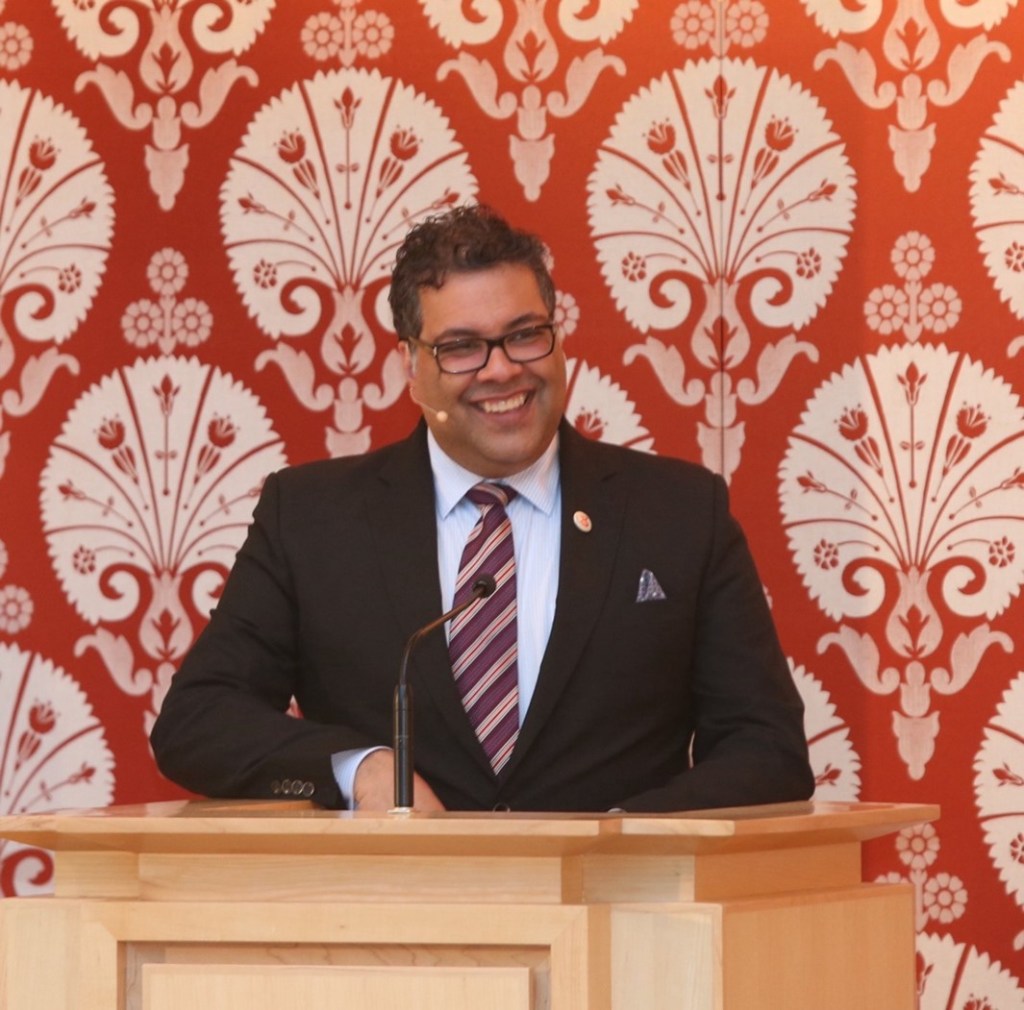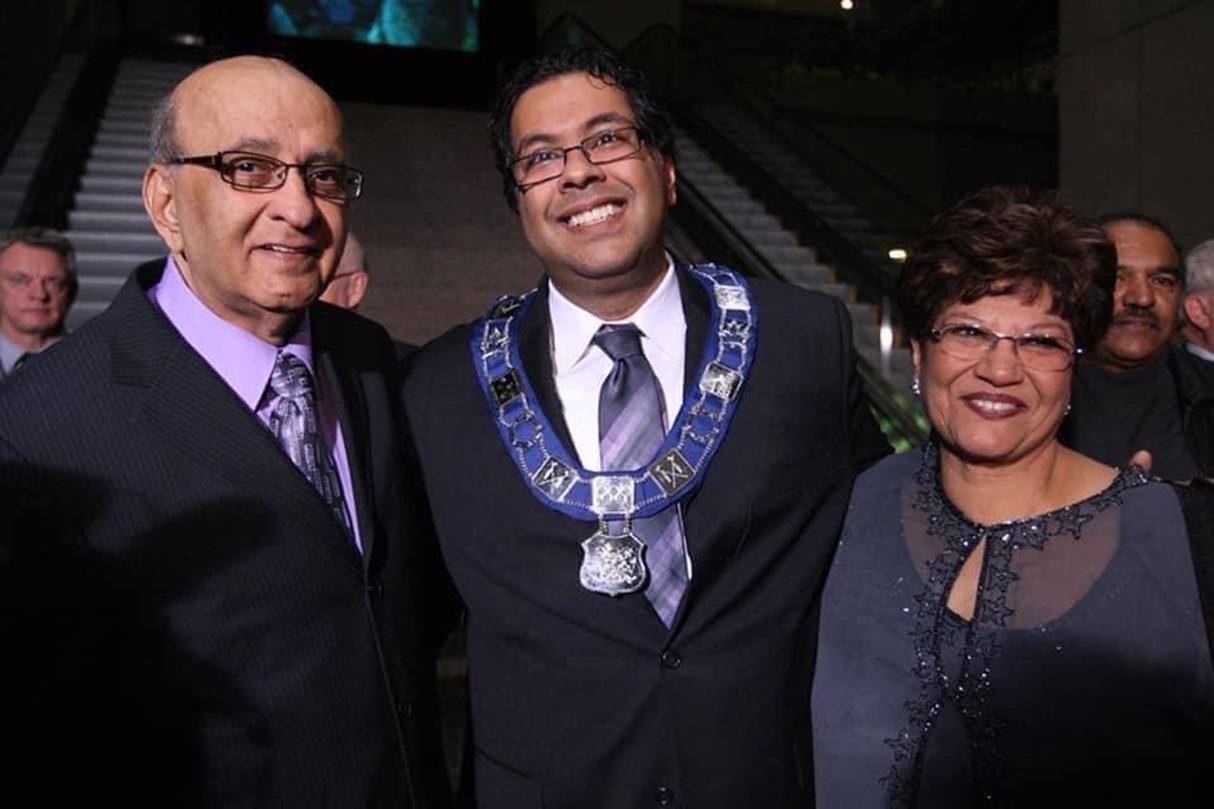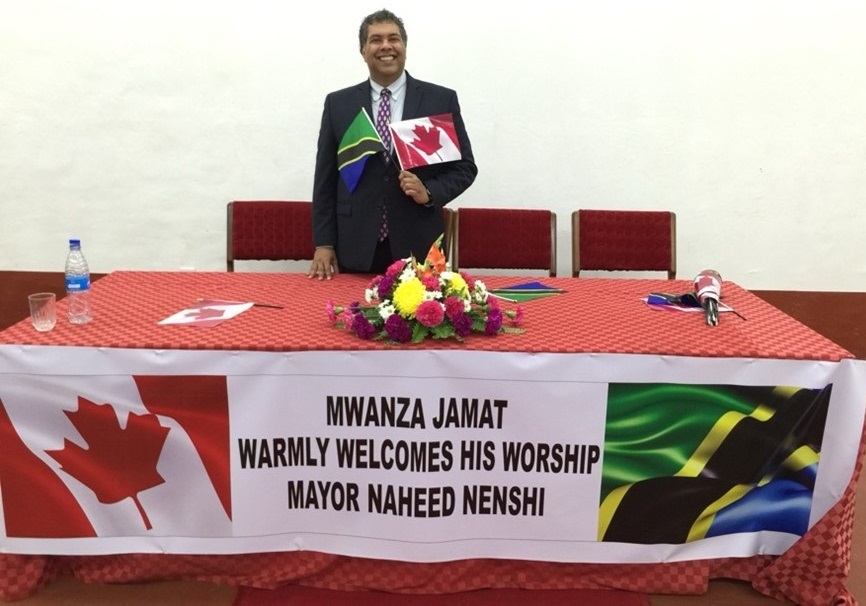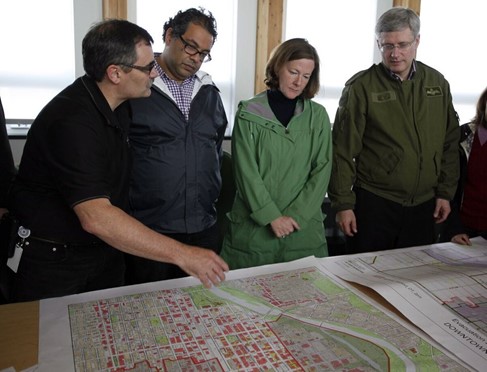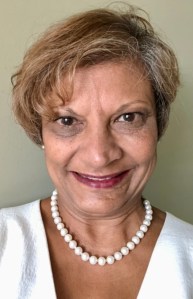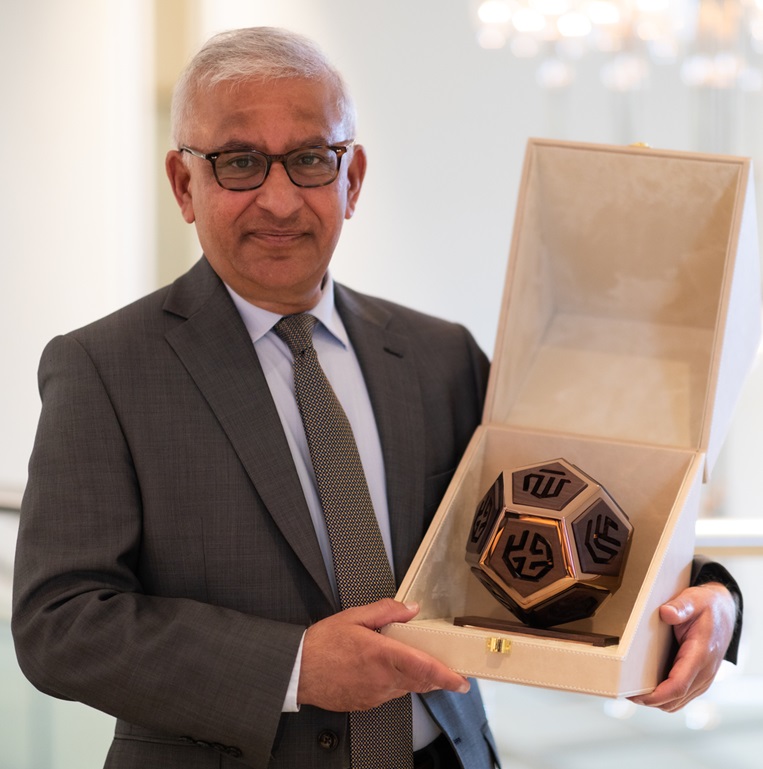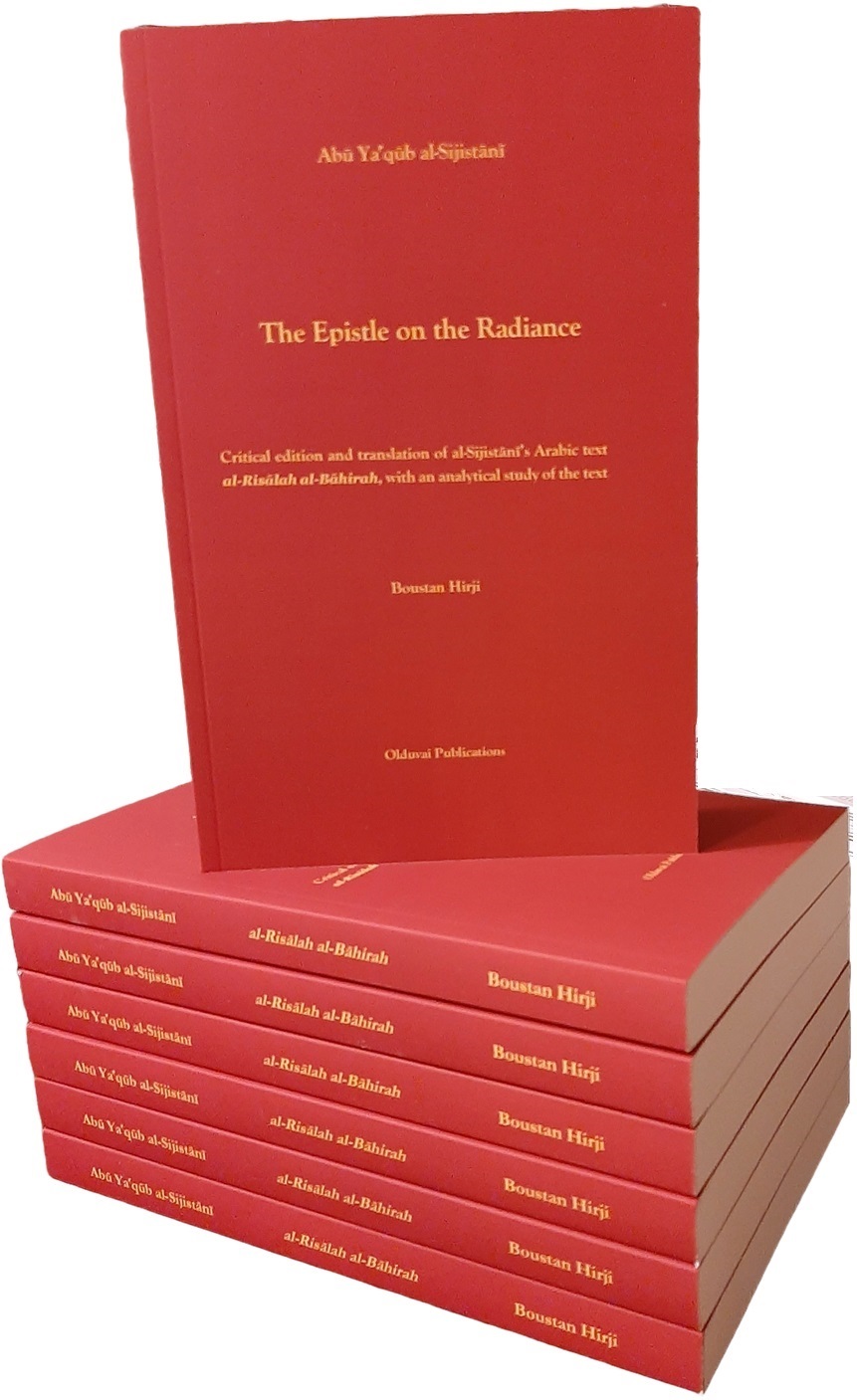“Much like Kim’s Convenience, The Wrong Bashir offers characters familiar to and loved by their communities…and a laugh-yourself-silly evening.” — JoLedingham.ca
Zahida Rahemtulla’s play The Wrong Bashir, which ran to packed houses when it was launched a year ago in Vancouver, is premiering at Toronto’s renowned Crow’s Theatre on May 21, 2024. It will run until June 9, 2024. The Theatre picked up Zahida’s new play as part of its bold, ambitious and imaginative 2024-2025 season following The Wrong Bashir’s successful Vancouver showing. It then issued a special call for Ismaili actors based in Eastern Canada to audition for some roles. Crow’s Theatre has been home to groundbreaking and award-winning productions.
The Wrong Bashir is Burnaby-born Ismaili playwright Zahida Rahemtulla’s debut play.
The play delves into the life of Bashir Ladha, a young philosophy major who has strayed from his Ismaili Muslim roots. The story takes a hilarious turn when Bashir’s parents receive a call that their unconventional podcaster son has been chosen as the student’s Mukhisaheb, a significant role in Ismaili Jamatkhanas. They dutifully accept the role on behalf of their son. Before Bashir can argue, two official committee representatives arrive at the Ladha household. The representatives soon realize a mistake in selection, adding to the comedic chaos. The doorbell rings, and Bashir’s excited grandparents and family friend make a surprise visit, having caught wind of the news at their Jamatkhana.
With its heartwarming and humorous portrayal of an intergenerational, transitional moment in the life of a family and community, the play is a must-see for all Ismaili community members. The Wrong Bashir affectionately shows much humour within the worldwide Ismaili community. The play elicited ample laughs and resonated widely with Ismaili and broader audiences in Vancouver.

Vancouver’s world premiere featured Ismaili actors Sabrina Vellani, Shera Haji, Salim Rahemtulla, and Hussein Janmohamed. The Toronto premiere will feature Ismailis Nimet Kanji, Zaitun Esmail, and Salim Rahemtulla alongside a large cast (click The Team link on the page). Supporting sponsors for the production are Shabin and Nader Mohamed and Tazmin Merali and Nasir Noormohamed.

“The Wrong Bashir found the right audience on opening night if gales of laughter are any indication. From the curtain opener to the surprise at curtain fall, the sold-out crowd at the Firehall had a grand time. The Wrong Bashir is going to be a big hit; for some, it will be a laugh-yourself-silly evening” — Jo Ledingham, Vancouver Theatre Review.

The play is directed by award-winning Toronto director Paolo Santalucia. Crow’s Artistic Director, Chris Abraham, who was already familiar with the Ismaili community in Toronto, championed its inclusion in the 2024 season and brought it to the theatre.
Playwright Zahida says she is excited to see it premiere in Toronto, where the story has shifted from its original Vancouver setting to Toronto’s Don Mills.
Special Discounts: Purchase Tickets for The Wrong Bashir
For tickets for all shows from May 21 to June 9, 2024, please click Buy Tickets for The Wrong Bashir and use the following promotion codes, as applicable:
- May 21 to May 26, 2024: General Admission Adult and Senior Tickets can be purchased 2-FOR-1. Please use promotion code WRONG241;
- May 21 to June 1, 2024: General Admission Adult and Senior tickets will be discounted 25%. Please use promotion code BASHIR25; and
- Throughout the entire run (May 21st-June 9th), there is also a 20% discount for groups of 8+ anytime, which can be obtained by contacting the Crow’s Theatre box office at boxoffice@crowstheatre.com or calling (647) 341-7390.
For tickets for all shows from May 21 to June 9, 2024, please click Buy Tickets for The Wrong Bashir.
Date posted: May 13, 2024.
Date updated: May 14, 2024 (added promotion codes for discounted tickets).
________________
PLAYWRIGHT ZAHIDA RAHEMTULLA AND DIRECTOR PAOLO SANTALUCIA

Zahida Rahemtulla is a playwright and short story writer. Her debut play, The Wrong Bashir, premiered with Touchstone Theatre in Vancouver in May 2023 and makes its Toronto premiere on May 21, 2024, at the Crow’s Theatre, which has been a leading force in new play creation in the Canadian theatre landscape. Zahida currently facilitates Parragon Theatre’s East of Tarragon Project in Scarborough and is passionate about education and working on new plays and with new playwrights.
~~~~~~

Paolo Santalucia is an award-winning actor, director and writer. He is a graduate of the Soulpepper Academy, and has been a member of Soulpepper’s ensemble for the past ten seasons. Paolo is a co-founder and Artistic Leader of the award-winning Howland Company. Paolo also teaches classical performance with the University of Toronto’s Theatre and Drama Studies Program, and is the recipient of two Dora Mavor Moore Awards in acting, one nomination for direction, and has been shortlisted for the John Hirsch Award for Directing.



